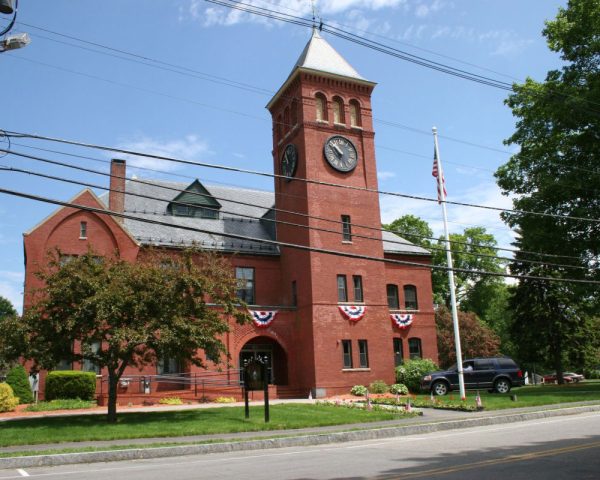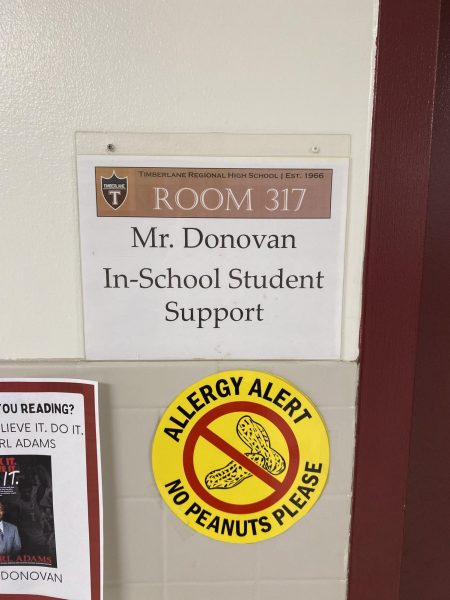November 2nd, 2021 Elections
November 22, 2021
Tuesday’s elections across the country saw huge wins, defeats, and accomplishments for many candidates across the board. From two governor and statewide office elections to countless municipal elections, this election has a lot to unpack, even if it is not a regular election year.
One of the biggest upsets from that night is where we start first, Virginia. Republican candidates flipped multiple statewide offices and even one of Virginia’s legislative chambers. ABC News officially projected on November 3rd, that Businessman Glenn Youngkin had defeated former governor Terry McAuliffe by a margin of 2.5% to become the first Republican governor of the state elected since 2009. In addition, Republican Winsome Sears became the first black woman to serve as Virginia’s Lieutenant Governor after defeating Hala Ayala on Tuesday night. Lastly, Republican Jason Miyares defeated incumbent Attorney General Mark Herring to become the state’s first Latino to hold that position. These victories were only amplified by Republicans also flipping the state’s House of Delegates, the state’s lower legislative chamber. Despite flipping all these seats, Republicans will lack full party control for at least two years, because the state Senate was not up for re-election. President Biden won Virginia by 10 points in 2020, and this shift towards Republicans has worried many Democrats heading into the 2022 midterm elections, due to
Just a few states north, New Jersey also held elections. Incumbent Democrat Phil Murphy narrowly defeated Republican state assemblyman Jack Ciattarelli to win a second term. Murphy is the first Democrat to win two consecutive gubernatorial terms in New Jersey since the 1970’s, but his narrow margin of 2.3 % has worried many since President Biden won the state by over 16 points. Another interesting piece of information is that FiveThirtyEight, a major polling site, predicted Murphy winning re-election by as much as 10 points mere days prior. Despite the close result, Democrats maintained control of the legislature in New Jersey, and will continue to hold their political trifecta in the Garden State.
Although those two states got lots of media attention that night, there were many other races from Tuesday night to highlight. In our own state, Democratic municipal candidates were able to pull off many key wins including Manchester mayor Joyce Craig winning re-election to a third term. Further north, incumbent mayor of Laconia, Andrew Hosmer, fended off his Republican opponent, Dawn Johnson, and won his race with over 60% of the vote. It is important to note this impressive feat, considering Laconia usually leans Republican in elections. In Portsmouth, Jo Kelley was elected to the office of Assistant mayor, becoming the first BIPOC individual to hold that role in New Hampshire history. In Boston, Michelle Wu was elected mayor, ending a 200 year streak of Boston nly electing white men to the office. In her victory, she became both the first woman and person of color to hold that office. Similarly, in New York City, Eric Adams became only the second African American to hold the highest office in that city.
There were many mayoral races on Tuesday night, but there were plenty of municipal elections besides mayoral races as well. Over 60 DSA (Democratic Socialists of America) endorsed candidates won their elections to serve on city councils. This feat has largely been ignored by the media, but it is still impressive. These victories were mostly contained to major cities like Boston and New York City, but also some smaller cities like Somerville, Massachusetts saw these individuals elected to their councils.
At first glance, you might assume these results are just a snapshot of how people’s voting trends were at the time. However, it is much more than that. In Virginia, for over 30 years, the party that wins the governorship usually gains the next year in the midterms. The only exceptions to this rule are 2013 and 2001, when Democrats were able to claim victory but the following year Republicans gained in both the House and the Senate nationally. In the last 12 years, there have been two examples that follow this rule. When Republicans won the governorship in 2009, they gained over 60 House seats and 6 Senate seats in the 2010 midterm elections. In 2017, Democrat Ralph Northam was able to win, and the next year Democrats were able to gain over 40 house seats and 7 governorships. Republicans did gain a net of 2 seats in the Senate, however every seat they won voted for Donald Trump in 2016, and they even lost a seat in Arizona, which Trump had won. You also have to account for the fact that Democrats were defending 10 seats in states that voted for Trump, compared to Republicans defending 1 seat in a state Hillary Clinton won (Nevada), which they lost.
Despite this not being a major election year, the results are still as important as a regular election. Both parties had victories, but the Republican one in Virginia could be an indicator of next year’s midterm results. We can’t know for sure what the results next year will be, but we do know the stakes are higher than ever. We have a 50-50 Senate, and a House Democratic majority of 6 seats. Even one seat flipping in the Senate or as little as 5 in the House, could completely determine what gets accomplished politically after 2022.


